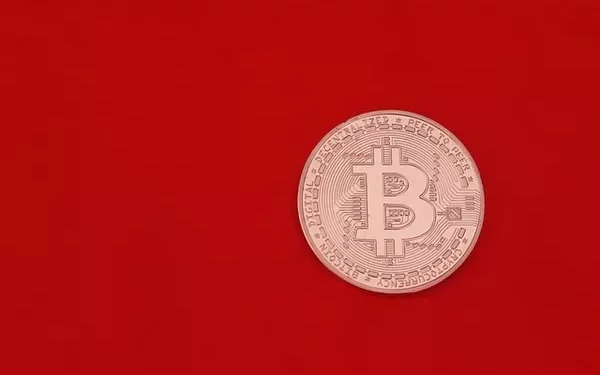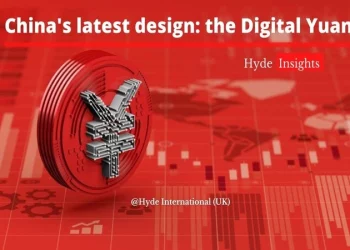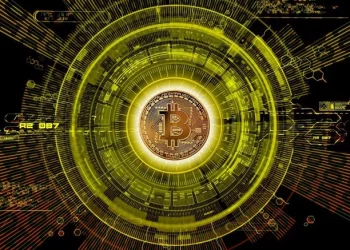Ethereum, the second-largest blockchain platform by market capitalization, has become the cornerstone for numerous decentralized applications (dApps) and digital assets. One of its significant contributions to the cryptocurrency landscape is the development and support of various tokens used as digital currency. This article delves into the primary tokens within the Ethereum ecosystem, examining their functions, use cases, and impact on the broader digital economy.
Introduction to Ethereum Tokens
Ethereum and Smart Contracts
Ethereum, launched by Vitalik Buterin in 2015, introduced the concept of smart contracts—self-executing contracts with the terms of the agreement directly written into code. These smart contracts facilitate, verify, and enforce the negotiation and performance of agreements without intermediaries. The Ethereum Virtual Machine (EVM) executes these contracts, enabling a wide range of decentralized applications and token creation.
Ethereum Token Standards
Ethereum tokens are digital assets created and managed using smart contracts on the Ethereum blockchain. The most common standards for Ethereum tokens are:
ERC-20: The most widely used standard for creating fungible tokens. ERC-20 tokens are interchangeable and represent various assets or currencies.
ERC-721: A standard for non-fungible tokens (NFTs), representing unique assets or collectibles.
ERC-1155: A multi-token standard that allows for both fungible and non-fungible tokens within a single contract, optimizing for efficiency and scalability.
Main Tokens in Ethereum
Ether (ETH)
Ether is the native cryptocurrency of the Ethereum blockchain and serves as the primary digital currency used for transactions and computational services within the network. ETH is essential for:
Transaction Fees: Also known as “gas,” ETH is used to pay for transaction fees and computational operations on the Ethereum network.
Staking: In Ethereum 2.0, ETH is used as collateral for staking, allowing participants to earn rewards by validating transactions and securing the network.
Dai (DAI)
Dai is a decentralized stablecoin created by the MakerDAO protocol. Unlike traditional stablecoins pegged to fiat currencies, Dai is an algorithmic stablecoin backed by collateral held in smart contracts. Key aspects include:
Stability: DAI aims to maintain a 1:1 value with the US Dollar through a system of collateralized debt positions (CDPs) and liquidation mechanisms.
Decentralization: Operates without central control, governed by the MakerDAO community through a decentralized autonomous organization (DAO).
USD Coin (USDC)
USD Coin is a centralized stablecoin issued by Circle and Coinbase through the Centre consortium. Unlike DAI, USDC is fully backed by US Dollars held in reserves. Notable features include:
Pegged to USD: USDC maintains a 1:1 peg with the US Dollar, providing a stable value for transactions and savings.
Regulation and Transparency: Subject to regulatory oversight and regular audits, ensuring that each USDC is backed by a corresponding US Dollar.
Uniswap (UNI)
Uniswap is a decentralized exchange (DEX) that facilitates the trading of ERC-20 tokens without intermediaries. UNI is the governance token of the Uniswap protocol, and its features include:
Governance: UNI holders can vote on protocol changes, upgrades, and fund allocations within the Uniswap ecosystem.
Incentives: UNI can be used to participate in liquidity mining and staking programs, earning rewards and incentivizing participation in the network.
Chainlink (LINK)
Chainlink provides decentralized oracles that connect smart contracts with real-world data and external APIs. LINK is the native token of the Chainlink network, serving multiple purposes:
Collateral and Incentives: LINK tokens are used as collateral by node operators to ensure honest behavior and accurate data delivery.
Staking: In future network upgrades, LINK will be used for staking to provide additional security and incentives for data providers.
Aave (AAVE)
Aave is a decentralized lending protocol that allows users to borrow and lend various cryptocurrencies. AAVE is the governance token of the Aave protocol, and its features include:
Governance: AAVE holders can participate in governance decisions, including protocol upgrades and changes to the lending system.
Staking and Rewards: AAVE tokens can be staked to earn rewards and provide liquidity for the lending platform.
Synthetix (SNX)
Synthetix is a decentralized platform for trading synthetic assets, which are digital representations of real-world assets like stocks, commodities, and currencies. SNX is the native token of the Synthetix protocol, and its functions include:
Collateralization: SNX is used as collateral to mint synthetic assets, ensuring the value and stability of the system.
Staking and Rewards: SNX holders can stake their tokens to earn rewards and participate in governance decisions.
Yearn.finance (YFI)
Yearn.finance is a decentralized yield farming protocol that optimizes yield returns on deposited assets. YFI is the governance token of the Yearn.finance ecosystem, and its features include:
Governance: YFI holders can propose and vote on changes to the protocol, influencing its development and direction.
Incentives: YFI can be earned through various yield farming strategies and staking mechanisms.
How These Tokens Work Together
Interoperability and Integration
The Ethereum ecosystem is highly interconnected, with various tokens and protocols working together to create a seamless and functional network:
Decentralized Finance (DeFi): Many of the tokens mentioned are integral to the DeFi ecosystem, enabling decentralized lending, borrowing, and trading.
Liquidity Provision: Tokens like UNI and AAVE contribute to liquidity provision and market-making, enhancing the efficiency of decentralized exchanges and financial platforms.
Data and Oracles: Chainlink’s oracles play a critical role in providing real-world data to smart contracts, enabling various financial and data-driven applications.
Governance and Community Participation
Governance tokens like UNI, AAVE, and YFI empower the community to participate in the decision-making process of their respective protocols. This decentralized governance model ensures that changes and upgrades are made with community consensus and align with the interests of stakeholders.
Stability and Risk Management
Stablecoins like DAI and USDC provide stability in the volatile cryptocurrency market. They serve as a means of preserving value, facilitating transactions, and managing risk within the Ethereum ecosystem.
Implications and Future Developments
Market Trends and Adoption
The adoption of Ethereum tokens is expanding across various sectors, including finance, gaming, and digital collectibles. The growth of DeFi, the rise of NFTs, and the increasing use of stablecoins are reshaping the financial landscape and driving innovation.
Scalability and Upgrades
Ethereum is undergoing significant upgrades to improve scalability, security, and efficiency. The transition to Ethereum 2.0, which introduces a proof-of-stake (PoS) consensus mechanism, is expected to enhance the network’s capacity and reduce transaction costs. These improvements will impact the performance and usability of Ethereum tokens.
Regulatory Considerations
The regulatory environment for digital assets is evolving, with increasing scrutiny on stablecoins, DeFi protocols, and token issuance. Compliance with regulatory requirements and addressing legal concerns will be crucial for the continued growth and acceptance of Ethereum tokens.
See also: Why China Tests Its Digital Currency
Conclusion
Ethereum’s ecosystem of tokens represents a diverse and dynamic landscape of digital assets, each serving distinct functions and contributing to the broader blockchain economy. From the foundational role of Ether to the innovative applications of governance and stablecoins, these tokens are shaping the future of finance, technology, and digital ownership. Understanding the main tokens used as digital currency in Ethereum provides valuable insights into the capabilities and potential of this influential blockchain platform. As the Ethereum network continues to evolve, the role of these tokens will remain central to its growth and development.
Related topics:
When Is China Launching Digital Currency
Where to Buy Digital Reserve Currency

















